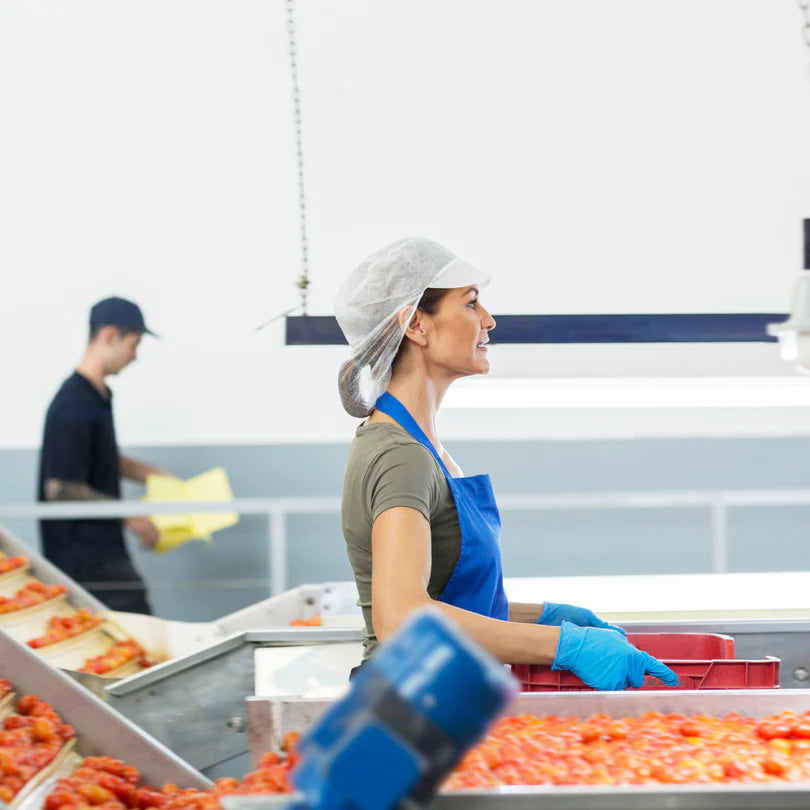New regulations, new products, microbiological concerns, and customer demands all challenge facility personnel to remain current and informed on their responsibilities of food safety and sanitation.
In the full course, over the course of 24 modules, our experts will teach you how sanitation, pest management, and other key prerequisite programs impact your ability to meet food safety expectations and produce safe food products. Learning these crucial concepts will help support your development and management of critical food plant programs that allow you to produce safe, legal food products and exceed your customers’ food safety expectations.
The Integrated Pest Management package includes 8 modules which cover the regulatory impact of pest management, the identification of common pests, the recognition of pest activity, and the use of pest control strategies. It also will help forge a stronger relationship between the food safety team, pest control contractors, and auditors.
If you prefer something more custom, build your own Food Safety and Sanitation Online training! Pick and choose the modules that are right for your team.
✴Buying for a team? Track your team's progress with multi-user licenses.


